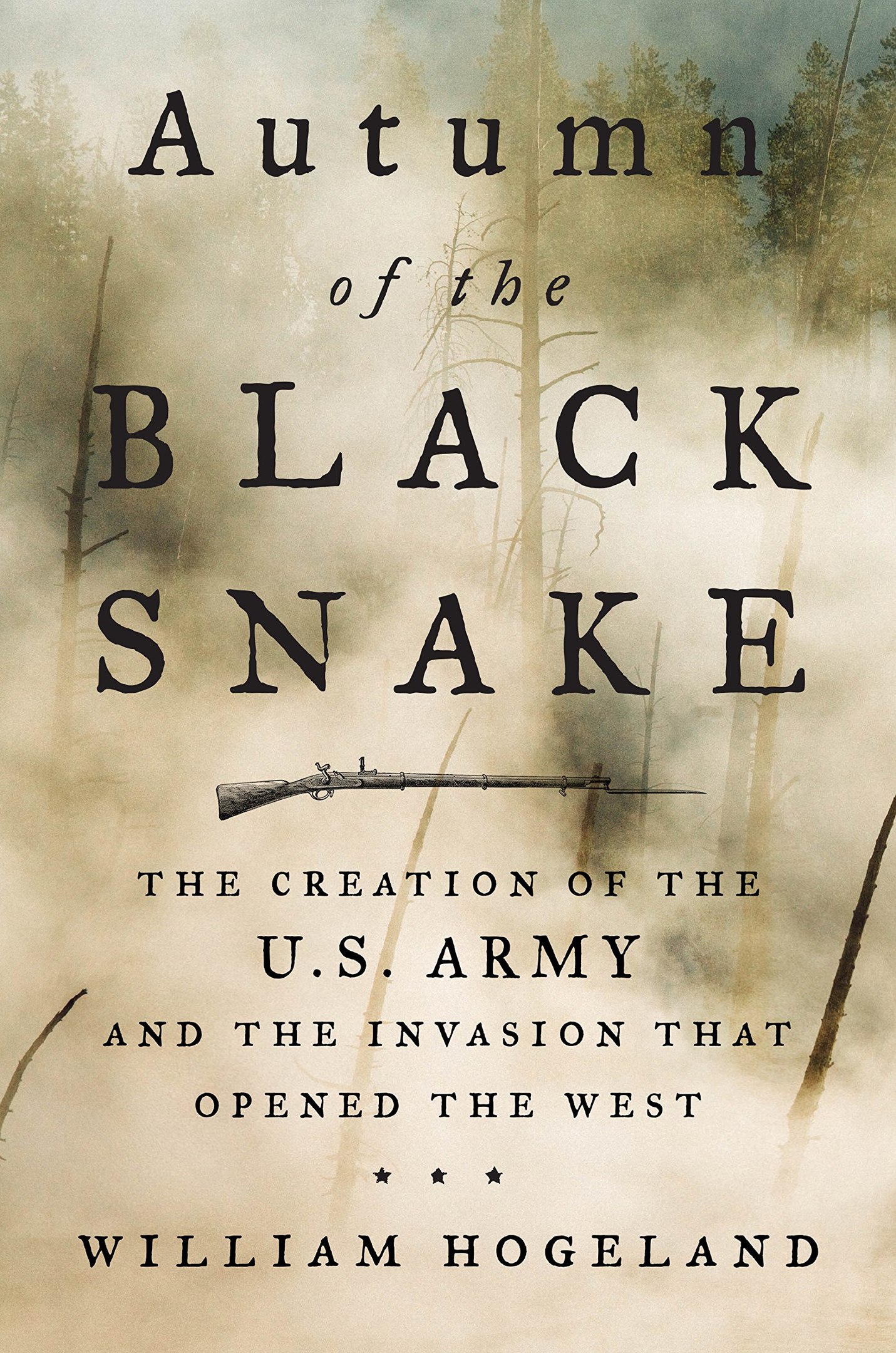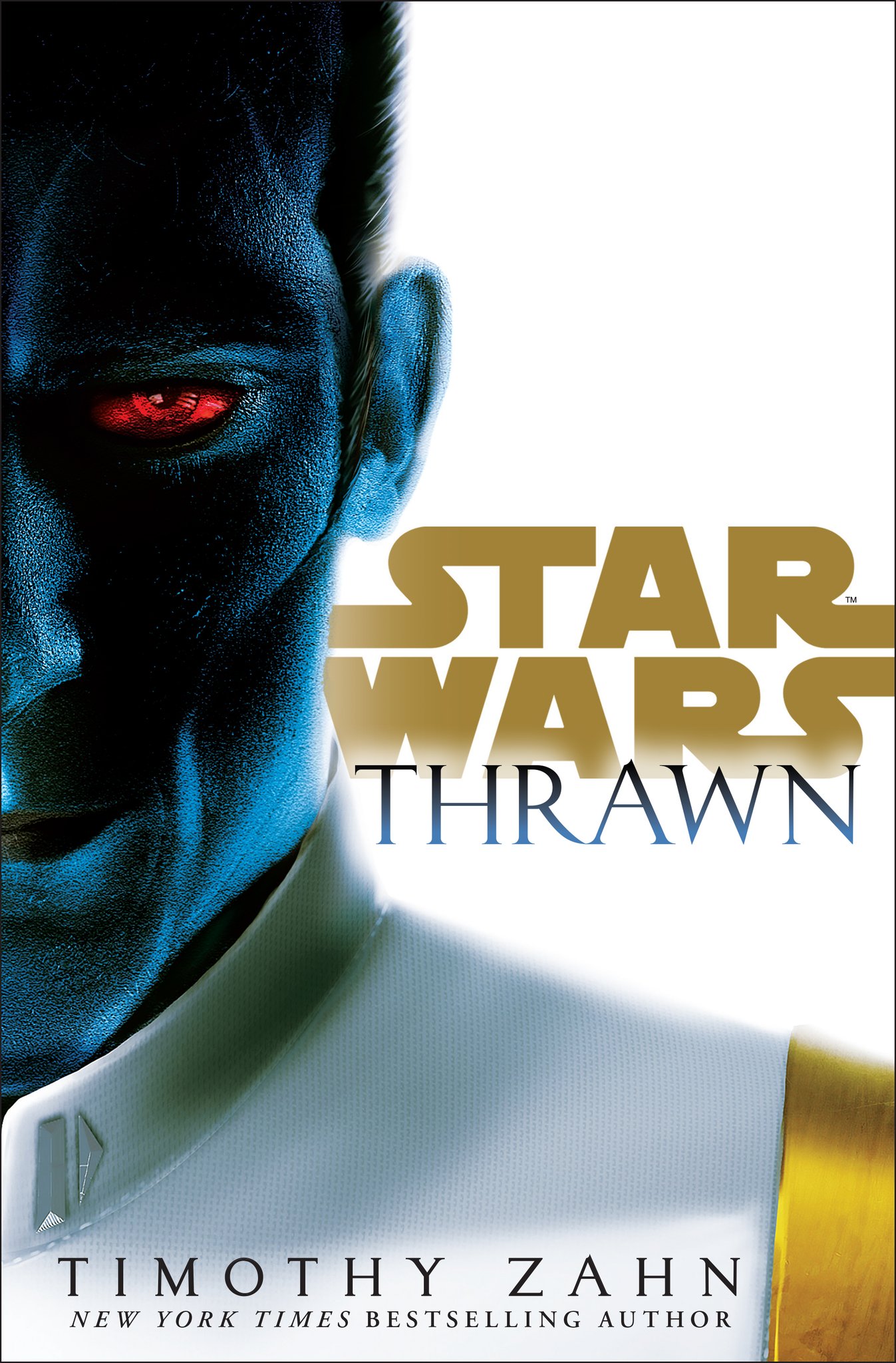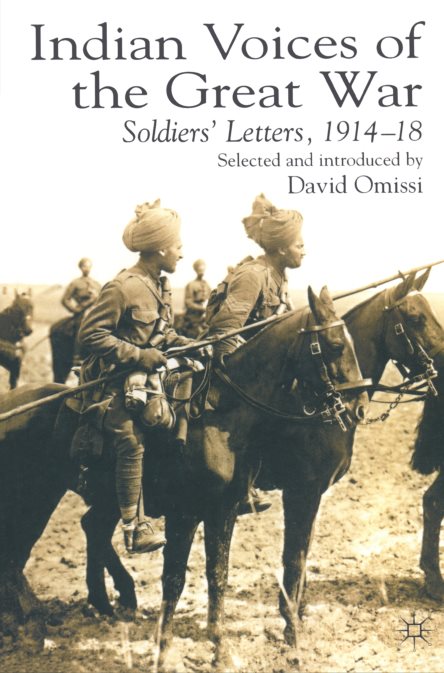Shadows in the Desert: Ancient Persia
1) Shadows in the Desert: Ancient Persia at War – Dr. Kaveh Farrokh
Osprey Publishing | 2007 | PDF
The ruins of Persepolis evoke the best-known events of ancient Persia’s history: Alexander the Great’s defeat of Darius III, his conquest of the Achaemenid empire, and the burning of the great palace complex at Persepolis. However, most of the history of ancient Persia remains as mysterious today as it was to contemporary Western scholars. Compared to the world-famous Alexander, the many wars won by the Achaemenid, Parthian, and Sassanian empires, and their revolutionary military technology, have been almost forgotten in the sands of the East.
In its day, Persia was a superpower to rival Greece and Rome, and conflict between them spanned over a millennium. Through these wars, and trade, these foes learnt from each other, not only adopting elements of military technology, but influences in the arts, architecture, religion, technology and learning. In this beautifully illustrated book, Dr Kaveh Farrokh narrates the history of Persia from before the first empires, through their wars with East and West to the fall of the Sassanians. He also delves into the forgotten cultural heritage of the Persians, spread across the world through war and conquest, which, even after the fall of the Sassanians, continued to impact upon the Western world.
2) Iran at War: 1500-1988 – Dr. Kaveh Farrokh
Osprey Publishing | 2011 | PDF
Iran’s complex, violent military history encompasses two world wars, foreign intervention, anti-government revolts, border disputes, a revolution, a war against Iraq that lasted over eight years, and its desperate quest to become a nuclear power.
Following his award-winning book, Shadows in the Desert, which explored the military history of ancient Persia, in Iran at War Kaveh Farrokh turns his attention to modern Iran’s wartime history. Beginning with the Safavid dynasty of the 16th and 17th centuries, he traces Iran’s political and military progress to its dramatic turning point in 1979. In doing so, Farrokh demonstrates how Iran’s current bellicosity on the world stage was shaped by centuries of military defeat and humiliating foreign influences from the likes of Russia and Great Britain.
Including illustrations and photographs, this book provides an unparalleled investigation into the bloody history of modern Iran.
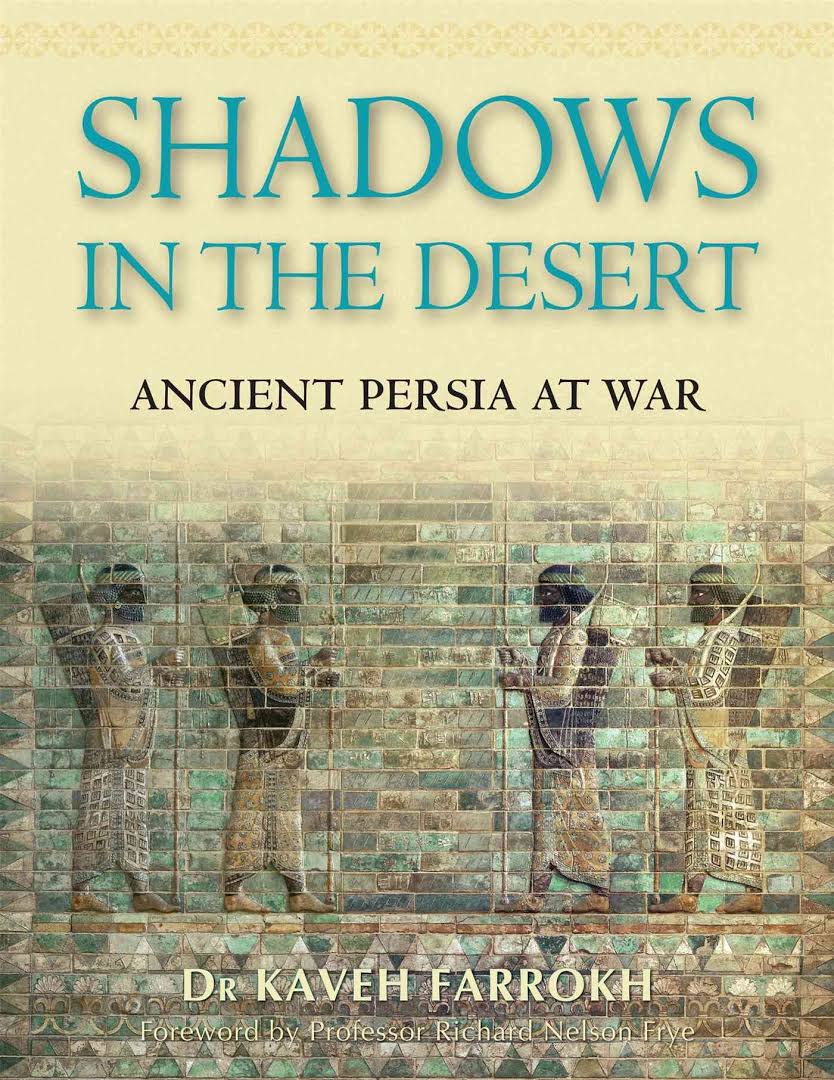 1 / 2
1 / 2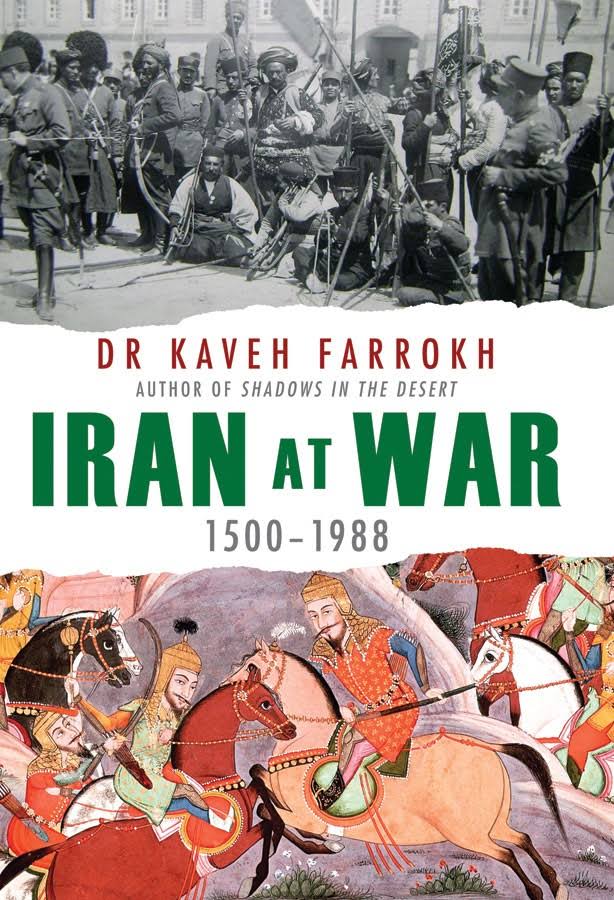 2 / 2
2 / 2